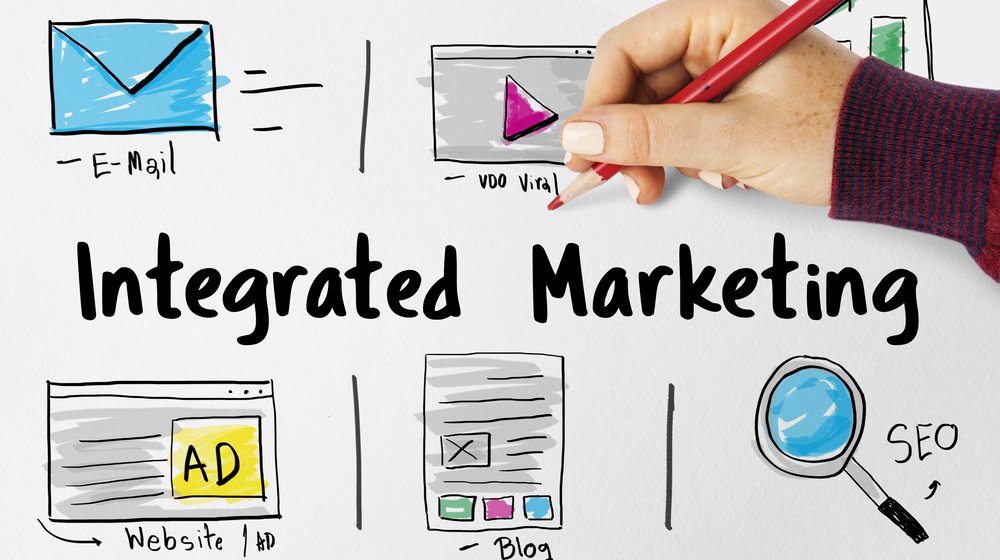When done right, the best marketing decisions are adopted at the highest level of an organization. They may originate from anywhere in a company, but the most effective marketing campaigns are comprehensive. If a single retail store or a small region of department stores comes up with an incredible marketing campaign based on customer feedback, unfortunately, it’s not going to meaningfully move the dial. For real change and progress to occur, marketing efforts need to be comprehensive and involve many aspects of what you do as an organization. That’s where integrated marketing comes in.
Strategic marketing is integrated marketing. It’s when a team or a company gathers up different parts and combines efforts to create a concept around a product, a service, or a brand that captures the imagination and grows presence. Get your products clicked with London corporate headshots. If you’re like most companies, you understand that marketing efforts can be very complex. Different teams are working based on a variety of cultural norms, budget restrictions, and other conditions that dictate what they can do and how much of it they can manage.
Here we discuss how you can use integrated marketing to overcome the challenges of dealing with separate puzzle pieces and finally get to the big picture.
What Is Integrated Marketing?
Ross Kernez of Marble explains that an integrated marketing refers to the process of adopting multi-dimensional marketing that’s focused on the customer experience. We’re not talking about how we’re going to market a single product, though that comes into play. It’s about how every action we take in marketing contributes to an overarching integrated strategy.
With integrated marketing, your efforts are synchronized across all platforms. That includes:
- Social media marketing
- Television
- Radio
- In-person marketing
When you think about the most popular or successful brands, they’re incredibly good at communicating the same message across different products and services. You associate what the company does with a feeling or a community regardless of whether you’re using their phone, one of their computers, or a pair of headphones. It’s all about the brand. With integrated marketing, you craft a single message, and everything grows out of that central message.
Scaling with Integrated Marketing
You may find yourself thinking that it would be difficult to incorporate integrated marketing into your business model because you only work on a single platform, or it would be too hard to organize efforts because things have been done a certain way for too long. Thankfully, integrated marketing isn’t an all or nothing proposition. You start with what you have and build from there. The important thing is you establish a clear vision of what could be and start moving in that direction.
You can do so by starting to think about your marketing work from a higher level. Yes, you want to increase conversions, grow your audience, and drive profits, but how do you do that? Before you get granular, approach your business from a 30,000-foot level. Look down and think about who you are as a company, what message you want to project, and who you want your customers to be.
That’s surprisingly difficult for many owners and managers because we all think we can take over the world. Why would we exclude anyone? Well, the first thing you need to do is build a loyal fanbase that’s dedicated to your products and who buys into your brand message. Catering to those people is the most important thing you can do because they help grow your business organically. They’ll also be the ones you can use to get feedback on how to improve every product and service you release.
Components of Successful Integrated Marketing
We’ve already touched on the fact that integrated marketing is a holistic approach to advertising and promoting your business.
Here are some more components of integrated marketing and how they can help you succeed.
- Single Communications Strategy – Having a single strategy around communications makes marketing easier. Everyone understands what the broad message is and can create custom communications based on governing guidelines.
- A Broad Understanding of Your Target Audience – You should know who your audience is and who is most likely to join you. That makes designing new marketing campaigns easy and keeps you close to your identity as a brand. Stretching too far outside your box too early can be very challenging. Keep things attainable and measurable to ensure success.
- Production Strategy- With integrated marketing, you know better who you are and what you want to accomplish. This helps a great deal with product development because you’re not going to spend time and money making things that are true to who you are or build your brand image. People avoid a lot of failures with integrated marketing.
- Customer Behavior – What products do your customers buy and how can you better anticipate their needs. Learning as much as you can about your customers and marketing to them is a surefire way to win in business.
Don’t keep struggling with random, disparate marketing efforts that have no overarching goal in mind. Establish what you want to accomplish and bring all of your marketing work across all channels under that single umbrella. Integrated marketing doesn’t mean you have to approve or manage every single ad that’s created and published. It does mean, however, that you have a marketing team that understands the mission and buys into what you’re doing. Once everyone’s on the same page, making magic with marketing because easier and easier.


